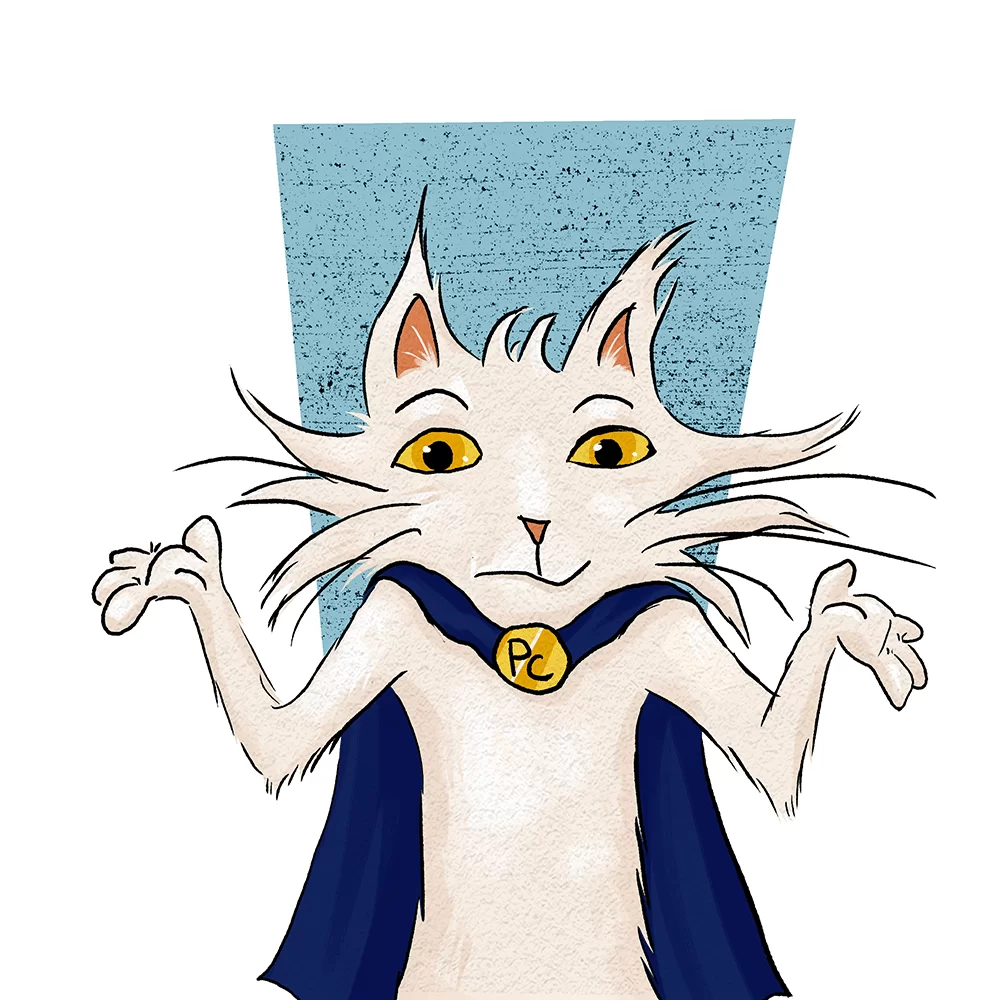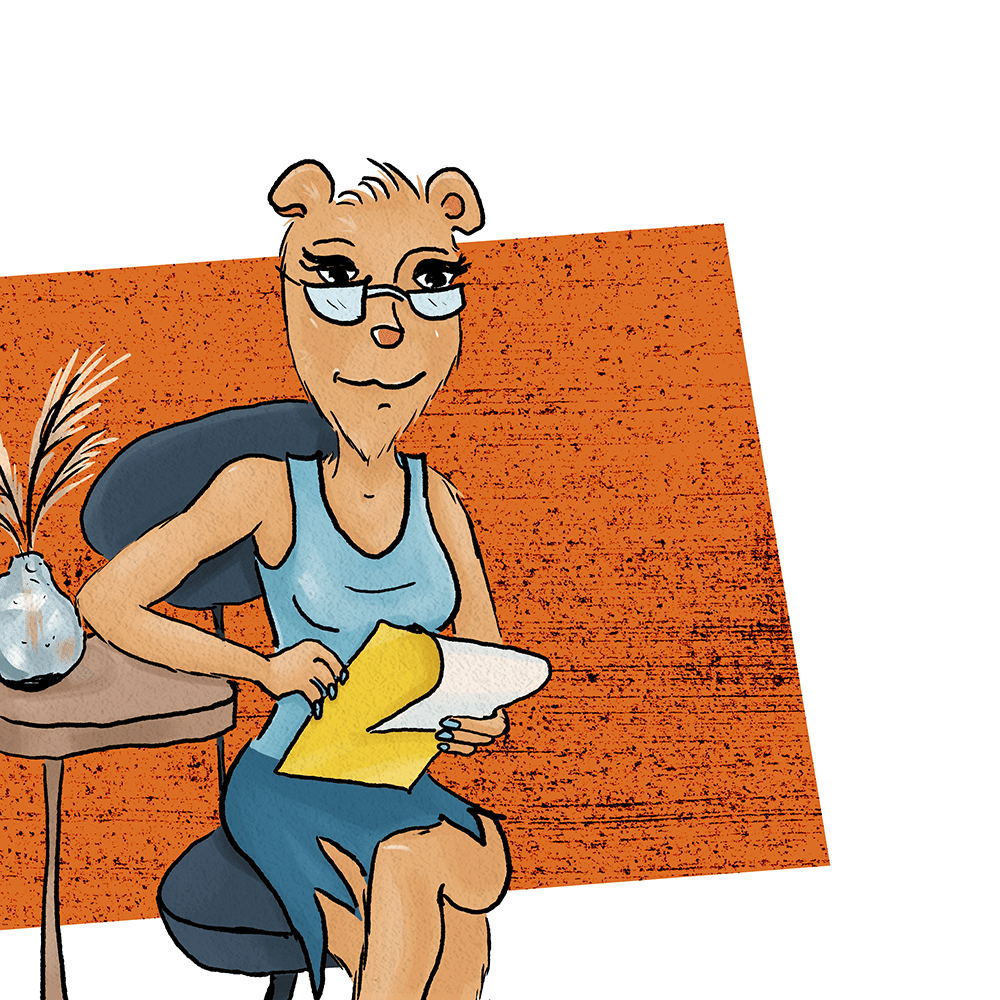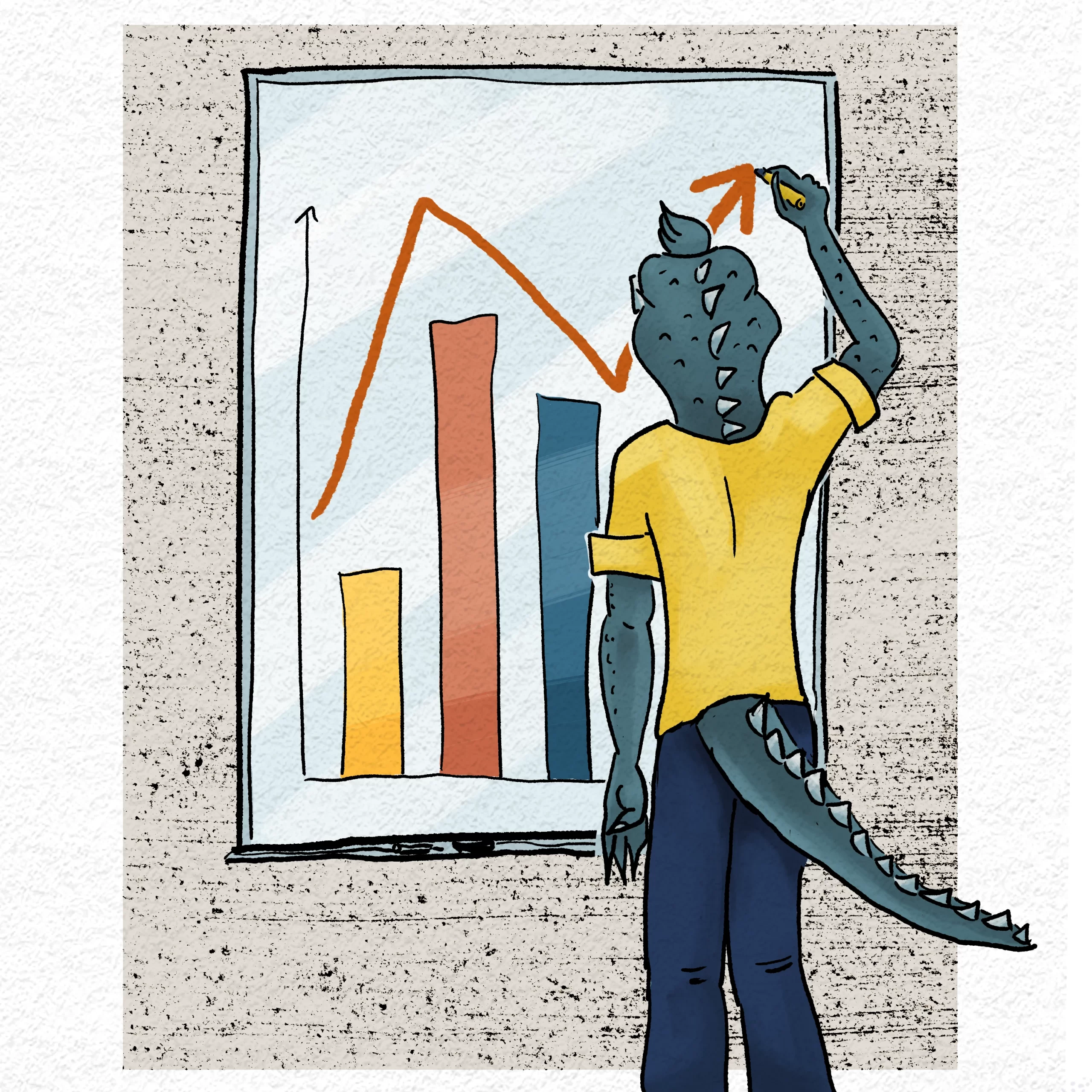
You’ve never struggled with deciding what to delegate and what to do yourself.
…
Wait a minute, you HAVE????
Don’t worry, you’re not alone 🙂
Here at Process Cat, we encourage DIY-ing manufacturing for companies of all sizes. But, not even the most dedicated Maker or do-it-yourselfer could completely avoid buying any supplies or components or outsourcing anything. (Nor would you want to!)
So how do you decide what to outsource and what not to?
CORE COMPETENCIES!
In broad terms, core competencies are what they sound like: the most important skills, abilities, or knowledge held within a business. The phrase was first coined by authors Prahalad and Hamel in a Harvard Business Review paper in 1990. In that paper, the authors were talking about corporations. But, the idea applies to other types of businesses and even to individuals!
So how does it apply to your Small Manufacturer/Maker Business? Glad you asked 😉
Princess Capybara and her tennis partner Viraj both have small businesses that sell coasters made out of concrete.

Viraj decides that his core competency is going to be in painting cool designs on the coasters. He invests a lot of time and effort into learning the best ways to apply the paint, studying color theory, coming up with new designs, and painting the coasters.
Princess Capybara decides that her core competency is in the concrete molding process. She focuses her energy on testing out the best way to mold for a smooth finish, she molds different shapes, and she figures out her own way to create interesting textures without interfering with the function of the coasters.
It’s important to note that neither of these approaches is necessarily “better” than the other.

But the different decisions these two Creative Entrepreneurs made about their Core Competency will have important effects as their businesses grow!
The three attributes of Core Competencies according to Prahalad and Hamel are
- Provides potential access to a wide variety of markets.
- Makes a significant contribution to perceived customer benefits of the end product.
- Is difficult for competitors to imitate.
This week we’ll just talk about the first one.
POTENTIAL ACCESS TO A WIDE VARIETY OF MARKETS.
What does that mean? That the skill can be used to expand into other products. In Viraj’s case, he decides to start painting wooden and ceramic coasters in addition to concrete ones. Since painting (not ceramics or woodworking) is his core competency, he decides to purchase blank wooden and ceramic coasters which he then paints in his signature style.

Princess Capybara’s core competency, concrete molding, also allows her opportunities to expand into other products. She decides to expand into molding other items out of concrete: flower pots, doorstops…

Notice how the choice of which skill to focus on as a core competency can have a big effect down the road! Even if Leo and Princess Capybara started with the exact same coasters at the beginning, by making different decisions about their core competencies, they end up evolving their businesses in vastly different directions!
WEEKLY CHALLENGE
Think about how you’ve made decisions about core competencies, either consciously or unconsciously, in your business. From your very first product, did you think deliberately about what direction you wanted to evolve your skills? (It’s ok if you didn’t; even big companies often end up making these decisions somewhat unconsciously!) Also think about whether you’re happy with the direction that your decisions have taken you, or whether it’s time to make some conscious adjustments to your core competencies.




